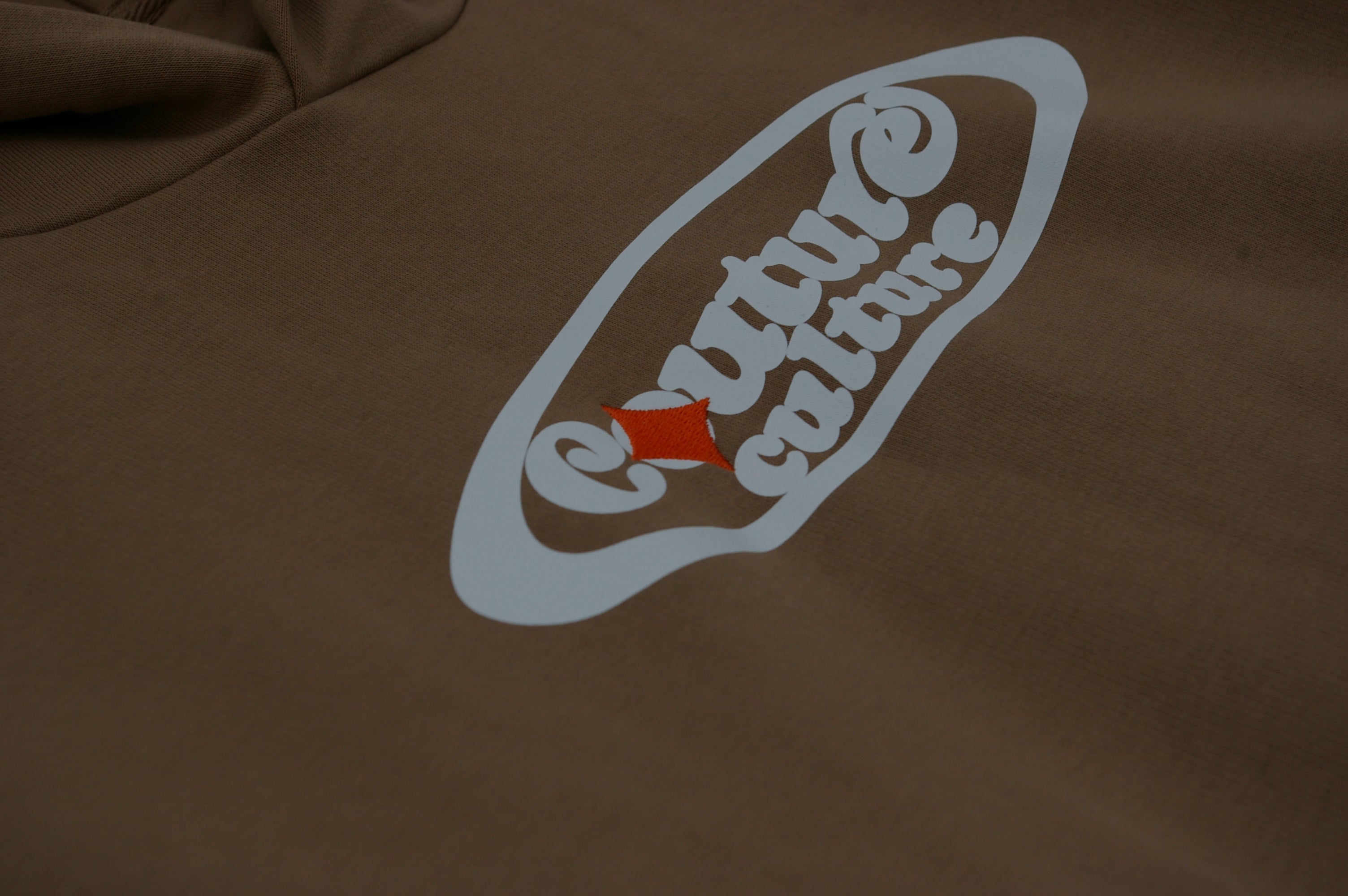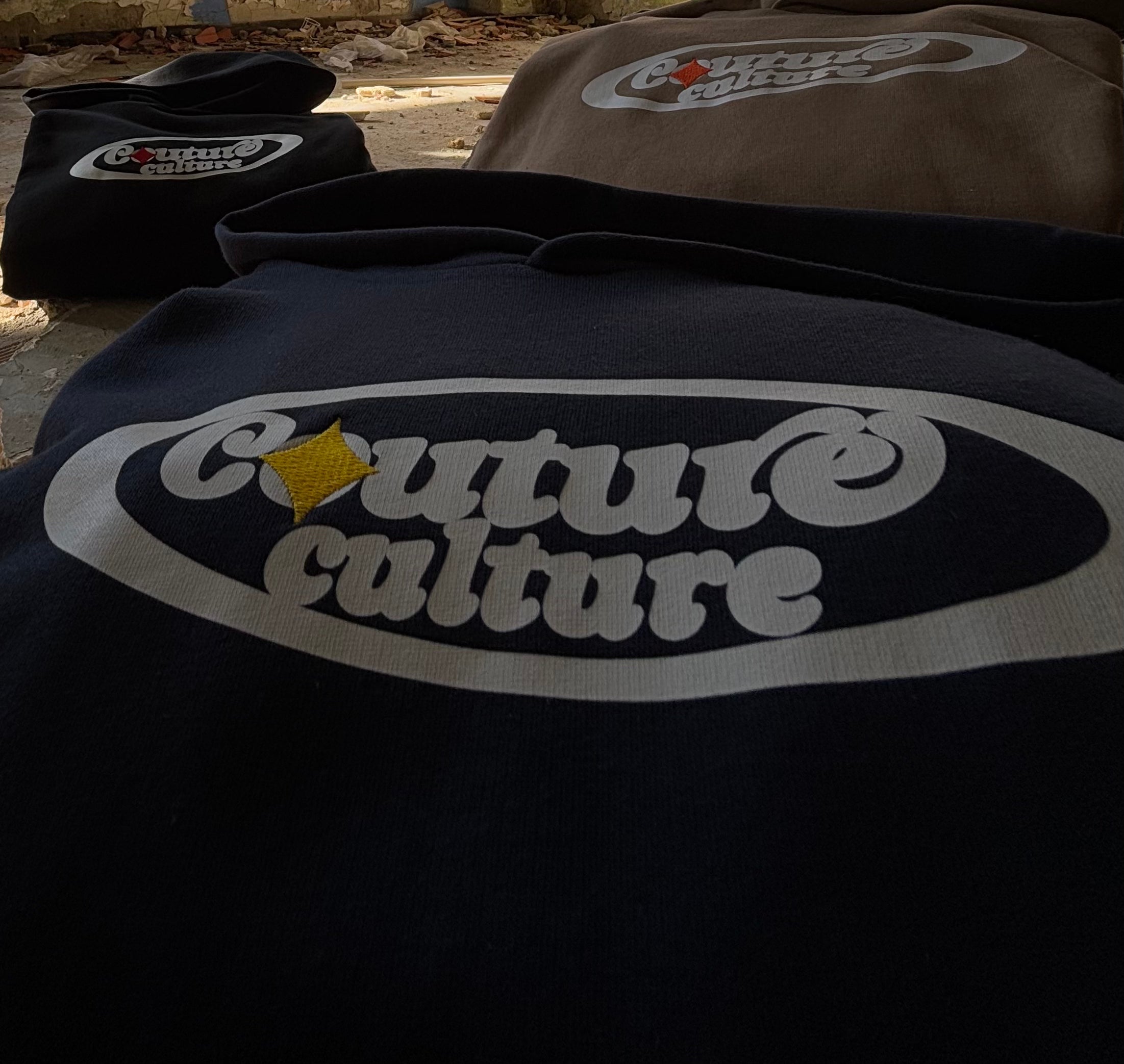
Embroidered Details in clothing
Embroidered Details in Couture Culture Clothing: A Study of Elegance and Craftsmanship
Embroidered details play a pivotal role in defining the elegance and craftsmanship of couture fashion. We see how these intricate embellishments transform garments into art pieces, enhancing their visual appeal and elevating their status within the fashion world. Couture designers meticulously incorporate embroidery techniques, which often include delicate threadwork, beading, and unique patterns, to create pieces that tell a story and showcase exceptional skill.

In the realm of fashion, embroidery serves as a bridge between traditional techniques and modern aesthetics. It allows designers to experiment with textures and materials, giving life to their creative visions while maintaining a high level of sophistication. As we explore the significance of embroidered details in haute couture, we will uncover how they not only enhance beauty but also reflect cultural influences and fashion trends over time.
By examining specific examples from renowned designers, we appreciate the artistry behind couture clothing and the compelling narratives woven into every stitch. The world of embroidered couture is rich with history and innovation, inviting us to delve deeper into the craftsmanship that defines it.
Evolution of Embroidery in Haute Couture

Embroidery in haute couture has a rich history characterized by transformative techniques and materials that enhance artistry and design. We will explore how these elements have evolved, influencing iconic fashion houses and their collections.
Embroidery Techniques and Materials
The evolution of embroidery techniques has been pivotal in haute couture. Traditional hand-embroidery methods, such as taille d'épargne and broderie anglaise, have paved the way for modern embellishments.
Craftsmanship remains at the core of this artistry, with houses like Valentino and Chanel continuing to innovate, blending techniques that range from intricate lacework to striking beadwork and sequins.
Handcrafted designs ensure that each piece is unique, reflecting the skill and dedication of artisans behind the scenes.
As we appreciate the new look of haute couture, we see how embroidery has not only enhanced garments but has also marked the evolution of fashion in Paris and beyond.
Embroidered Details in Modern Couture

Embroidered details in modern couture play a pivotal role in enhancing the aesthetic appeal of garments and accessories. By integrating intricate embroidery techniques, designers offer a unique blend of artistry and craftsmanship that speaks to the elegance of couture culture.
Couture and Bridal Fashion
In bridal fashion, embroidery often serves as the visual centerpiece. We see exquisite embellishments on gowns that echo themes of romance and ethereality. Techniques such as floral appliqué and metallic threading elevate traditional designs, making them suitable for modern brides.
Recent couture collections showcase intricate pleats and layered designs enhanced with delicate embroidery. For example, a royal wedding gown might feature custom embroidery that reflects the couple’s story, adding a personal touch without compromising elegance. We note how runway shows consistently highlight these designs, blending tradition with contemporary flair.
Innovation and Future Trends
Looking ahead, we identify trends that promise to redefine embroidery in couture. The fusion of technology and craftsmanship is gaining traction, with designers using digital embroidery methods to create complex patterns that were once labor-intensive. This innovation allows for greater customization, as we can now produce unique pieces tailored to individual preferences.
Sustainability is another crucial aspect influencing future trends. We see brands opting for eco-friendly materials and techniques, combining traditional craftsmanship with modern sustainability practices. As we move forward, the prominence of embroidered details in couture will likely grow, reflecting societal shifts toward personalization and conscious fashion choices.
Frequently Asked Questions

In this section, we explore various aspects of embroidered details in couture clothing. We address how these techniques elevate high fashion, the distinctions between couture and standard embroidery, and the significance and historical context of embroidery in luxury apparel.
How do Couture embroidery techniques enhance high fashion garments?
Couture embroidery techniques add unique texture and depth to high fashion garments. Craftspeople apply intricate hand-stitching methods that create dimensional designs, elevating the overall appearance and feel of each piece. This level of detail showcases exceptional craftsmanship, enhancing the garment's uniqueness and appeal.
How does couture embroidery differ from standard embroidery?
Couture embroidery often involves more complex and labor-intensive techniques compared to standard embroidery. While standard methods might focus on mass production, couture embroidery is customizable and highly detailed. The use of high-quality materials further distinguishes couture work, as artisans meticulously plan each stitch to ensure perfection in design.
What significance does embroidered clothing hold in fashion design?
Embroidered clothing serves as a statement of artistry and individuality in fashion design. It communicates the designer’s vision and serves as a canvas for cultural motifs and personal expression. Such garments often become collectors’ items, appreciated not just for wearability but also for their artistry.
In what ways does embroidery contribute to the aesthetic of luxury apparel?
Embroidery enhances the aesthetic of luxury apparel by adding richness and sophistication. The labor-intensive nature of embroidery signals exclusivity, making each piece special. High-quality thread and unique designs contribute to the garment's luxurious feel, appealing to consumers seeking elegance and distinction.
What is the historical significance of embroidery in haute couture?
Historically, embroidery has played a vital role in haute couture, dating back centuries. It has evolved from a mark of status and wealth to an essential element of fashion innovation. Embroidered garments have often signified cultural identity, making them invaluable in the narrative of fashion history and its evolution.



Leave a comment
This site is protected by hCaptcha and the hCaptcha Privacy Policy and Terms of Service apply.